According to PRIO’s Trends in Armed Conflict and the Global Peace Index 2017, the number of violent conflicts and the number of affected civilians have increased over the last decade. At the same time, migration flows have emerged, the extent of which were reminiscent of the post-World War II era. Within this context, research is intensively focused on the connection between conflict and migration.
In his article «Migrants, Refugees and Insecurity. Current Threats to Peace?», Robert Lohrmann outlines that there has been a shift in the perception of threats to international order since the end of the Cold War. Non-military threats increasingly replaced military scenarios as the focus of Western security actors. According to Lohrmann, migration flows were considered a threat to peace in three equal ways: as a threat to the national security in the sending, receiving and transit countries, as a risk to international security, and as a danger to the security of individuals. He also asserts that migration movements themselves are for the most part a reaction to domestic conflicts, systematic human rights violations, poverty crises, and natural disasters. However, he writes that illegal migration flows, in particular, lead to more conflicts in turn because they have an impact on the prevailing economic, ethno-religious, and linguistic-cultural conditions in the host societies of the transit and destination countries.
A perspective like this, however, leads to a problematic fixation on the negative correlation between migration and conflicts: Migration arises from conflicts and leads to new conflicts. Various researchers therefore questioned this unyielding migration-conflict nexus and emphasized the positive influences of migration, such as on the global job market, international cooperation, the humanitarian situation of those affected, and the economic developments of the countries of origin owing to diaspora payments.
In his well-heeded article «Migration and Development. A Theoretical Perspective», Hein de Haas in turn points out that the discourse on migration has been swinging back and forth between migration as a «security risk» and a «driver of development» for a long time now. According to de Haas, the lines of argumentation chosen by decision-makers in politics, industry, and research should therefore always be seen in the context of their contemporary, ideological influences.
It can therefore be concluded that exaggerated assessments of the positive impact of net migration on the global order of the world must be viewed in a critical light. Otherwise, the causes of conflicts and the processes necessary for transforming conflict run the risk of falling to the wayside. On the other hand, migration is not always a result of conflict and does not necessarily lead to more conflicts. It also opens up opportunities for state development and stabilizing human security. This potential ought to be pursued rather than ignored.

